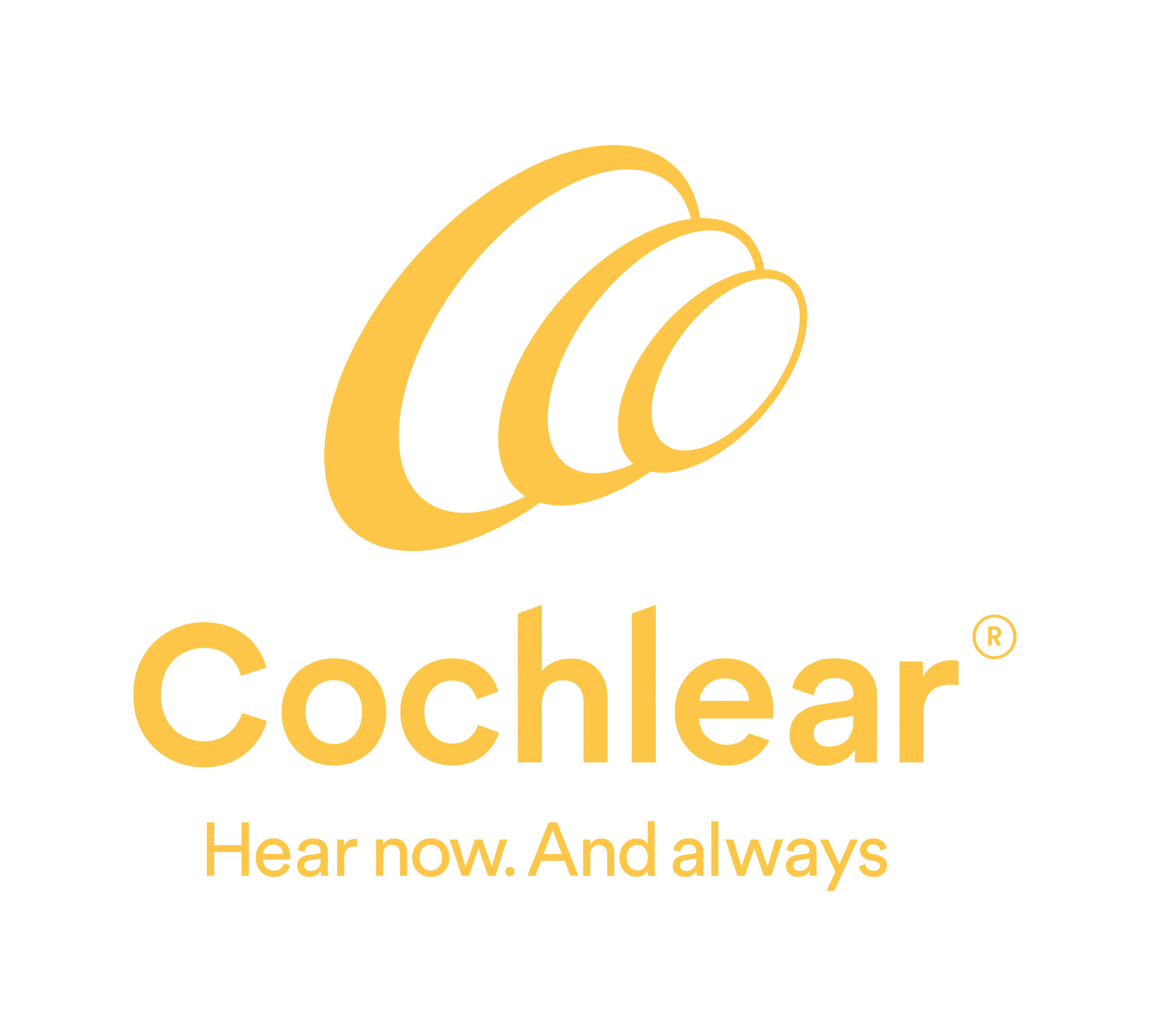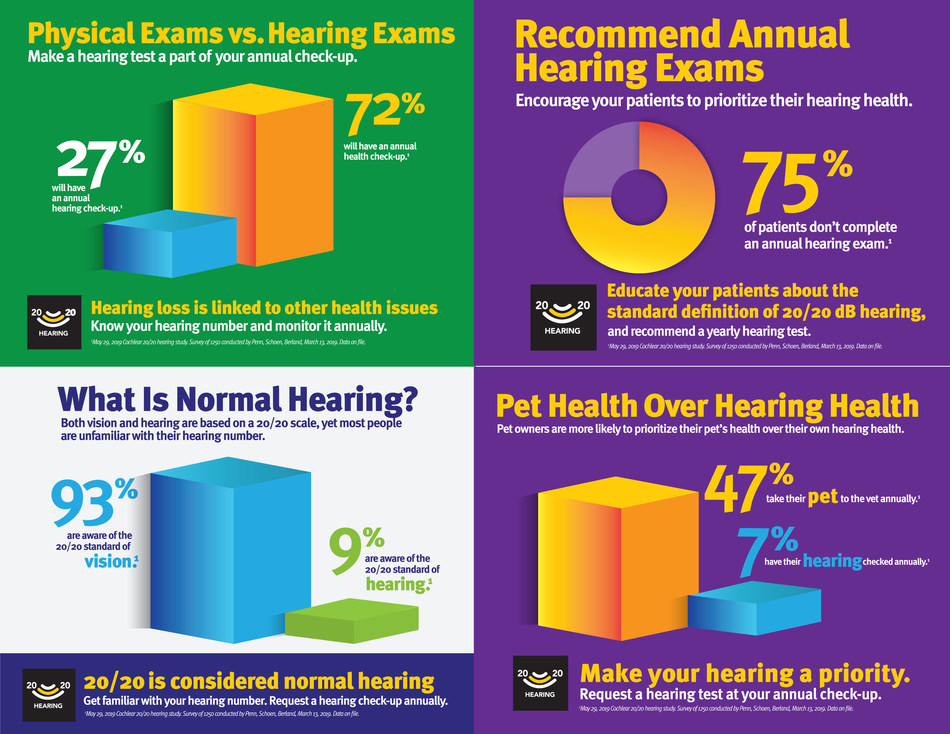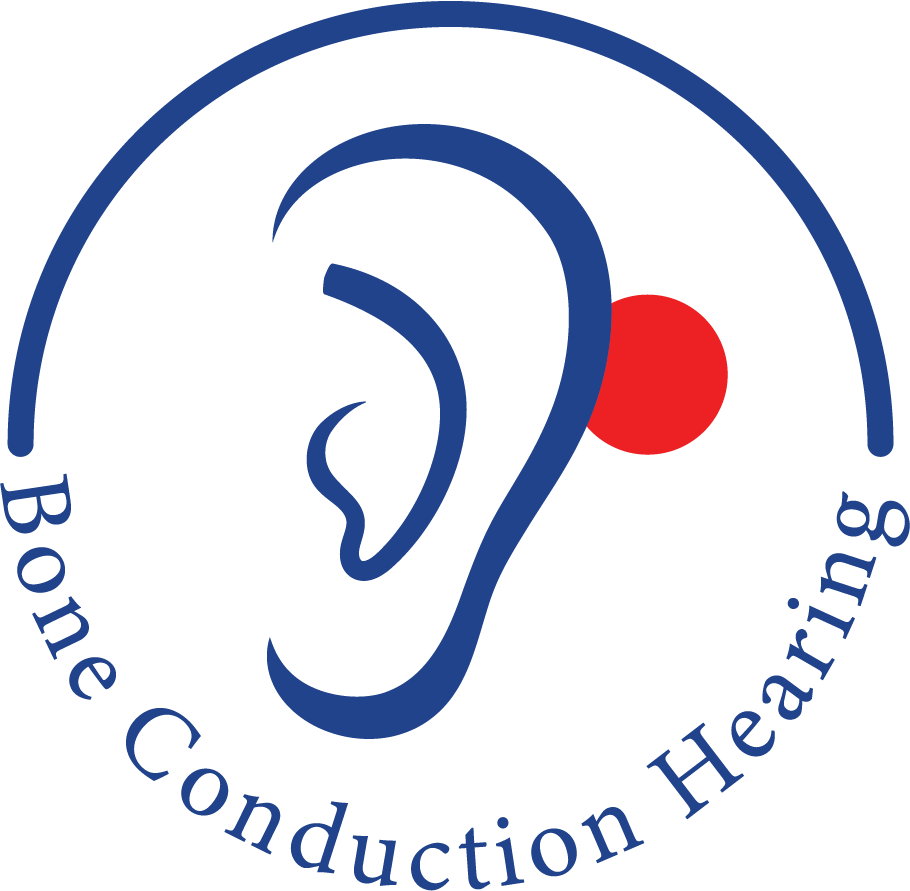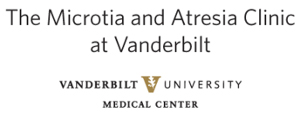 National Microtia Awareness Day is November 9th! Think of the number 9 as the shape of an ear.
National Microtia Awareness Day is November 9th! Think of the number 9 as the shape of an ear.
NMAD was established by the Ear Community Organization five years ago to help promote education and awareness about Microtia (missing and underdeveloped ears) & Aural Atresia (missing ear canals, resulting in hearing loss). Some of our children also have craniofacial microsomia (asymmetry of the jaw on one side causing a crooked smile). Our day is dedicated to educating the public about Microtia & Atresia in hopes that the next time someone sees a child or adult with missing ears that they just say “hi” instead of staring or asking questions.
Every November 9th honors children and adults who were born with Microtia & Atresia. After all, our children are perfect and beautiful in every way. Thank you for being kind!
To learn more about Microtia & Aural Atresia, please visit the Ear Community Organization at: www.EarCommunity.org
To learn more about National Microtia Awareness Day, please click here.
#microtia #hearingloss #advocacy #nationalmicrotiaday #nationalmicrotiaawarenessday #auralatresia #microtiakidsrock #congress #nmad #allysact












